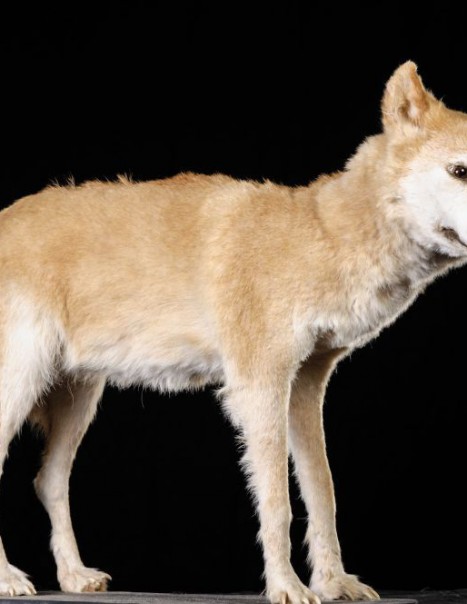Dingo – Canis lupus dingo
Dingo – Canis lupus dingo
The Dingo or Warrigal is a wild dog from the Canidae family, probably from a dog population returned to the wild which has formed a separate species. These pets have been introduced by humans there are about four thousand years. Native to South Asia, it is also present in Australia.
It live in small pockets of remaining natural forests. Asian dingoes are a little smaller than Australian. The main wild populations are found in Australia, Thailand, Burma, China, Laos, Malaysia, Indonesia, Borneo, the Philippines and New Guinea.
The dingo have common characteristics with the domestic dog as with the wolf. The name “dingo” comes from the language of the Eora Aboriginal Australians, who were the original inhabitants of the Sydney area. The New Guinea singing dog is sometimes likened to the dingo.
They measure from 47 to 67 cm high at 1.20 m in length and a weight of 10-20 kg. They do not bark but sneeze loudly when threatened. They are often erect ears, tail covered with hard bristles, usually red but sometimes black with white and red spots. They live in family bands from March to December but are often seen alone. They gather during the mating season to mate and raise their young.
Their top speed is 38 to 65 km/h maximum, they are endurants and can travel long distances to find food and water. They hunt only small mammals, wallabies, kangaroos, emus, cattle, horses, camels. They are predators that feed on various prey mammals, birds, reptiles, insects and fruit.
Dingoes can have up to eight grandchildren born in caves or in remote locations. They are suckled for two months and remain very long time with their parents. They breed once a year. They have virtually no natural enemies; only the weakest of them are eaten by eagles or snakes. Their only real enemy is man, which strongly driven them.





